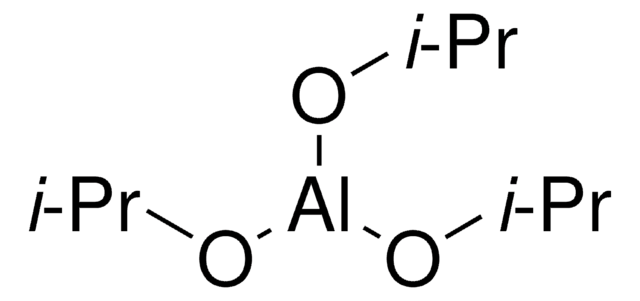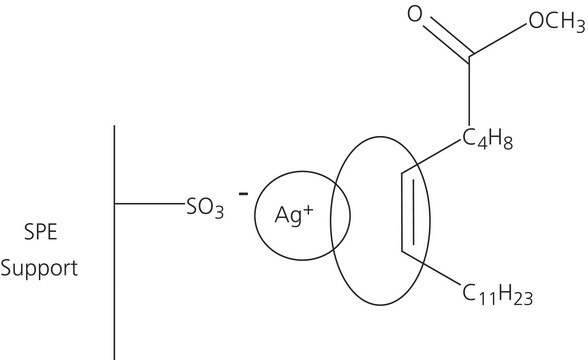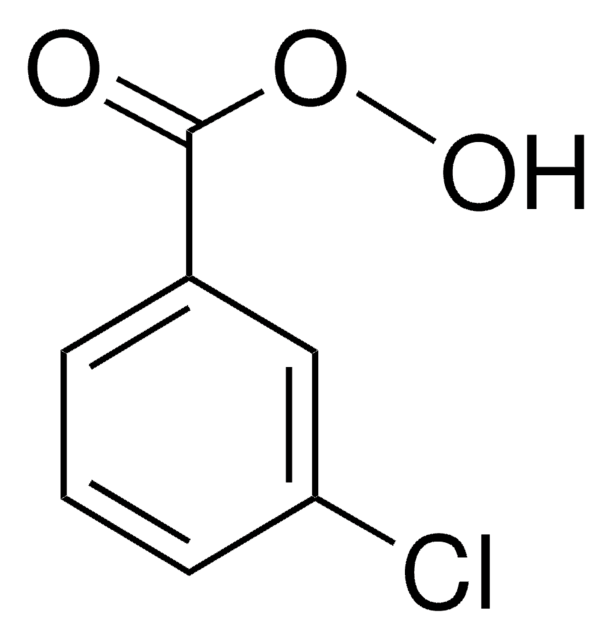Wichtige Dokumente
248762
Silbernitrat auf Kieselgel
extent of labeling: ~10 wt. % loading, +230 mesh
Synonym(e):
Salpetersäure-Silber(I)-Salz, Silber(I)-nitrat, Silbermononitrat, Silbernitrat (AgNO3)
About This Item
Empfohlene Produkte
Form
solid
Qualitätsniveau
Eignung der Reaktion
core: silver
reagent type: catalyst
Kennzeichnungsgrad
~10 wt. % loading
Partikelgröße
+230 mesh
Löslichkeit
water: soluble 216g/100g at 25 °C(lit.)
benzene: soluble 2.2 g/L(lit.)
ethanol: soluble 20.8 g/L(lit.)
methanol: soluble 35 g/L(lit.)
Dichte
4.35 g/mL at 25 °C (lit.)
Funktionelle Gruppe
nitrate
SMILES String
[Ag+].[O-][N+]([O-])=O
InChI
1S/Ag.NO3/c;2-1(3)4/q+1;-1
InChIKey
SQGYOTSLMSWVJD-UHFFFAOYSA-N
Suchen Sie nach ähnlichen Produkten? Aufrufen Leitfaden zum Produktvergleich
Anwendung
Signalwort
Danger
H-Sätze
Gefahreneinstufungen
Aquatic Acute 1 - Aquatic Chronic 1 - Eye Dam. 1 - Met. Corr. 1 - Ox. Sol. 2 - Repr. 1B - Skin Corr. 1A
Lagerklassenschlüssel
5.1B - Oxidizing hazardous materials
WGK
WGK 3
Flammpunkt (°F)
Not applicable
Flammpunkt (°C)
Not applicable
Hier finden Sie alle aktuellen Versionen:
Besitzen Sie dieses Produkt bereits?
In der Dokumentenbibliothek finden Sie die Dokumentation zu den Produkten, die Sie kürzlich erworben haben.
Kunden haben sich ebenfalls angesehen
Global Trade Item Number
| SKU | GTIN |
|---|---|
| 248762-250G | 4061825928326 |
| 248762-50G | 4061825928333 |
Unser Team von Wissenschaftlern verfügt über Erfahrung in allen Forschungsbereichen einschließlich Life Science, Materialwissenschaften, chemischer Synthese, Chromatographie, Analytik und vielen mehr..
Setzen Sie sich mit dem technischen Dienst in Verbindung.










